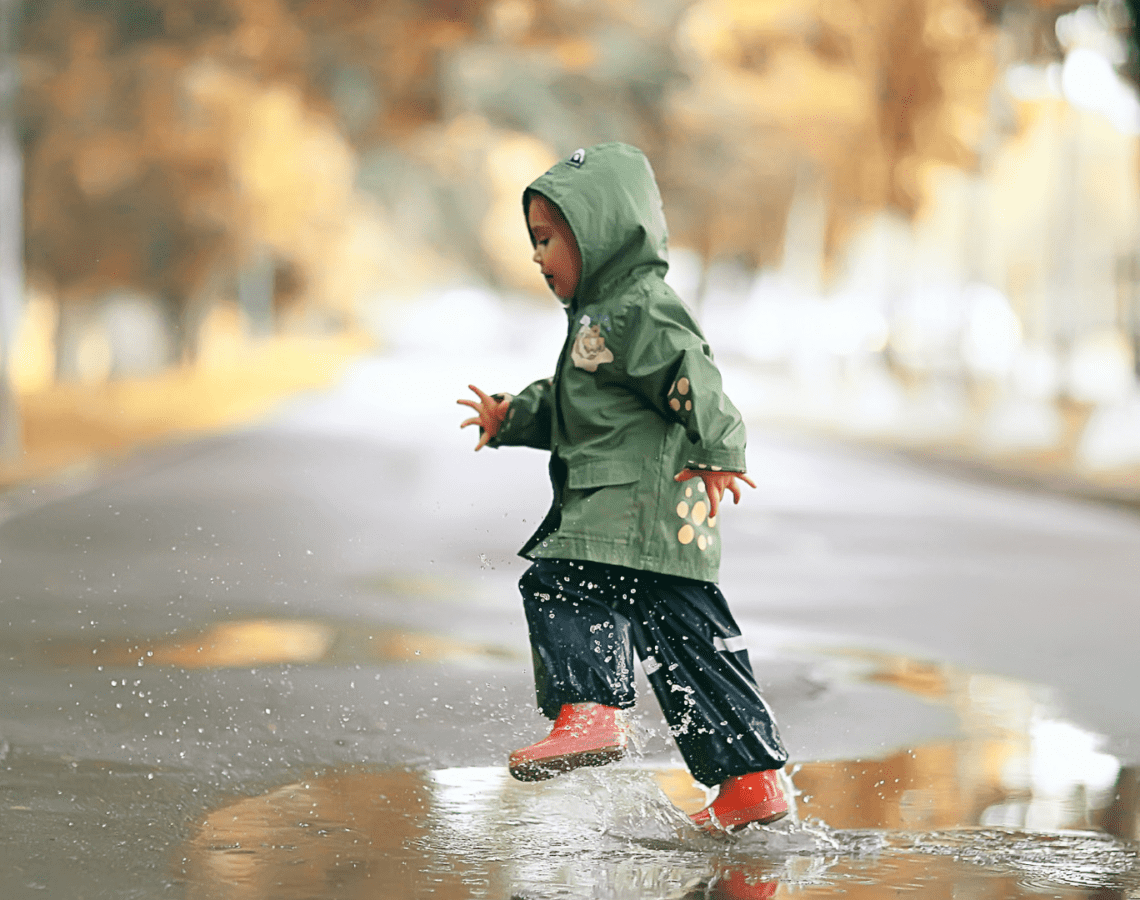How to overcome challenges to increasing children’s physical activity

Many people assume that being active comes naturally to children. However, health statistics show that our kids might need a little help getting moving.
The 2020 Report of the Chief Health Officer revealed almost half of all Queensland kids are not meeting the national physical activity guidelines. Supporting children and young people to be more active is vital for overall health and wellbeing but many families face barriers to being more active.
Children of all ages benefit from regular physical activity, but sometimes there are challenges that get in the way. Like any habit, being regularly active takes time to form. Overcoming common obstacles to physical activity can support our kids to be more active and reap the health rewards.
Time
Family life is often busy. If time is limited, you could try:
- building activity into your existing routine, like walking or riding bikes to school
- getting off the bus early and walking the rest of the way
- encouraging outside play before dinner
- swapping screen time for active play.
Cost
While some sports and activities involve costs, there are many ways to be active for free. See our list of ideas for getting your family more active.
Motivation
Staying motivated can be a challenge, especially when other factors like time and access are at play. Finding activities that are right for your children and family is the first step – physical activity can and should be enjoyable, not a chore. Check out our list of physical activity ideas or brainstorm your own list as a family.
Weather
Weather can be an issue, especially in Queensland.
If it’s a hot season, consider:
- planning for your activity to be in the cooler parts of the day (morning and afternoon/evening)
- visiting the local pool or water park
- putting on the sprinkler at home.
If the weather is cold or wet, think about:
- dressing for the climate – you might find kids will love getting wet and splashing in paddles and using their gumboots and umbrella
- trying some indoor activities.
Neighbourhood safety
If you have concerns about your neighbourhood’s safety, consider:
- joining a local PCYC
- signing up to after-school activities or sporting clubs
- going to nearby neighbourhoods where you feel more comfortable.
Remember: safety first
If your family doesn’t do much activity at the moment, start slow and build over time.
Children should wear suitable foot wear such as well fitted sandals or joggers, especially for outdoor activity. Thongs do not provide enough support for feet.
No matter the season or weather, it’s always important to be sun safe and stay hydrated.
The Australian 24-Hour Movement Guidelines are relevant to all apparently healthy children and young people. The known health benefits of being physically active outweigh the potential risks. If in doubt, or if your child experiences pain when they exercise, see your doctor.
Content developed by Children’s Health Queensland © The State of Queensland (Children’s Health Queensland) 2019.


